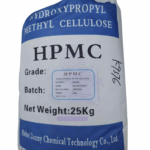

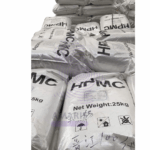
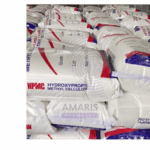
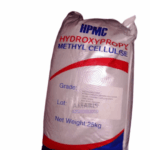

Single Gas Mask
KSh3,000.00 Original price was: KSh3,000.00.KSh2,500.00Current price is: KSh2,500.00.
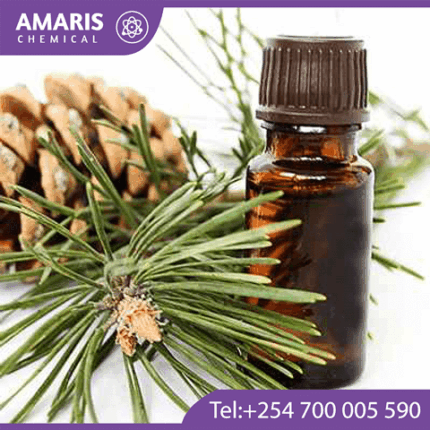
Abis Sibirica oil
KSh0.01
hydroxypropyl methyl Cellulose HPMC
KSh25,000.00 Original price was: KSh25,000.00.KSh24,000.00Current price is: KSh24,000.00.
SKU:
ACS75625CHEM0
Category: Excipients
Description
Uses of HPMC(Hydroxypropyl Methyl Cellulose)
can function as a
- dispersant,
- water-retaining agent,
- thickener, and
- binder to increase cohesiveness, workability, reduce flocculation, improve viscosity and shrinkage
Reviews (0)
Be the first to review “hydroxypropyl methyl Cellulose HPMC” Cancel reply
Shipping & Delivery
Related products
Ammonium chloride 50kg
Ammonium chloride is an inorganic compound with the chemical formula NH4Cl. It is a white crystalline salt that is highly soluble in water and has a salty taste. Ammonium chloride is often used in various industrial and laboratory applications, including as a flux in soldering, as a nitrogen source in fertilizers, and as a component in dry cell batteries. It can also be used in medicine as an expectorant to help thin and loosen mucus in the respiratory system
CarboxyMethyl Cellulose Food Grade (CMC)
Carboxymethyl cellulose (CMC) is a water-soluble polymer that is derived from cellulose, which is a naturally occurring polymer found in plant cell walls. CMC is produced by chemically modifying cellulose through the addition of carboxymethyl groups, which gives it its unique properties such as high water solubility, thickening ability, and film-forming properties.
CMC is widely used in a variety of industries, including food, pharmaceuticals, cosmetics, and textiles, as a thickener, binder, stabilizer, emulsifier, and dispersant. It is commonly found in food products such as ice cream, salad dressings, and baked goods as a thickener and emulsifier, as well as in cosmetics and personal care products such as toothpaste and shampoo as a binder and stabilizer.
Magnesium Carbonate
Powder Sodium Mono Fluoro Phosphate [Na2PO3F]
Sodium monofluorophosphate (Na₂PO₃F), commonly abbreviated as SMFP, is a compound used in dental care products, particularly toothpaste, for its anti-cavity properties. Here are some key points about it:
- Chemical Composition:
- Formula: Na₂PO₃F
- Molar Mass: 143.95 g/mol
- Appearance: White, odorless powder
Sodium Chloride 500gm
Analytical Reagents, Builders, Coagulants and Flocculants, Excipients, Flavor Enhancers, PH Adjusters, Preservatives
Sodium chloride, also commonly known as table salt or halite, is a chemical compound with the formula NaCl. It is an ionic compound formed from sodium (Na+) and chloride (Cl-) ions. Sodium chloride is essential for many biological processes and has numerous applications in various fields.
Here's a breakdown of key aspects of sodium chloride:
Properties:
- Appearance: White crystalline solid at room temperature
- Odor: Odorless
- Solubility: Highly soluble in water
- Melting point: 801 °C (1474 °F)
- Boiling point: 1465 °C (2669 °F)
Sodium Dihydrogen Phosphate 500gm
Sodium Hydrogen Carbonate 500gm
Sodium Hydrogen Carbonate, commonly known as baking soda, is a versatile chemical compound with the formula NaHCO₃. It appears as a white, crystalline powder with a slightly alkaline taste. It’s widely used in baking as a leavening agent, helping dough rise by producing carbon dioxide gas when it reacts with an acid. Beyond baking, it has various applications including cleaning, deodorizing, and neutralizing acids. In personal care, it's used in toothpaste and antacids. I appreciate its multifunctional uses and effectiveness in both kitchen and household tasks.
White oil 162kg
White oil is a highly refined, colorless, odorless, and tasteless mineral oil that is commonly used in a variety of industrial, cosmetic, and pharmaceutical applications. It is produced by refining crude oil to remove impurities, resulting in a pure and stable oil that is chemically inert and non-toxic. White oil is typically characterized by its high purity, low viscosity, and low volatility, which makes it an ideal choice for applications where cleanliness, stability, and safety are important. Some common uses of white oil include as a lubricant, a carrier oil for fragrances and flavors, a plasticizer in the manufacturing of plastics, and as an ingredient in personal care products such as lotions and creams.


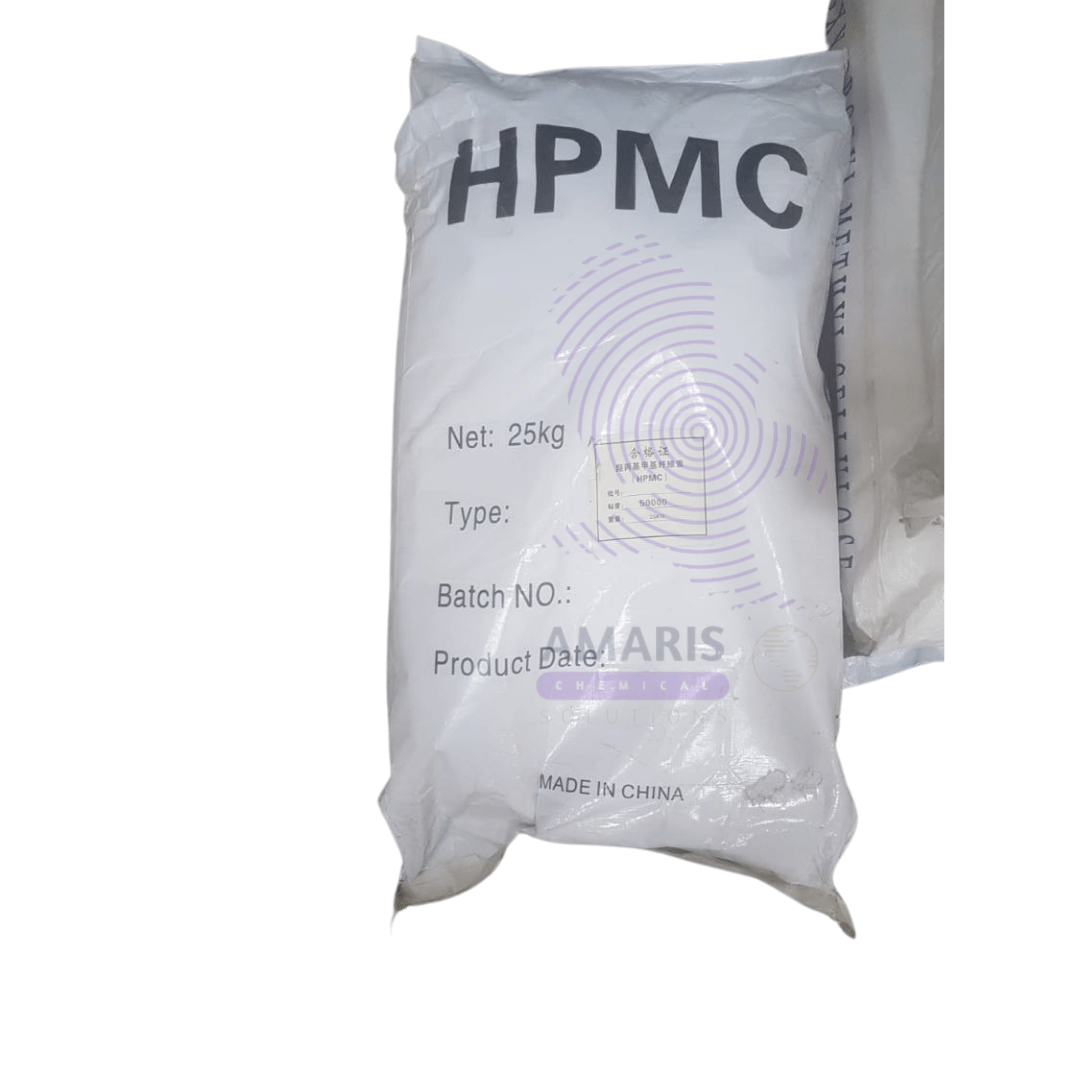

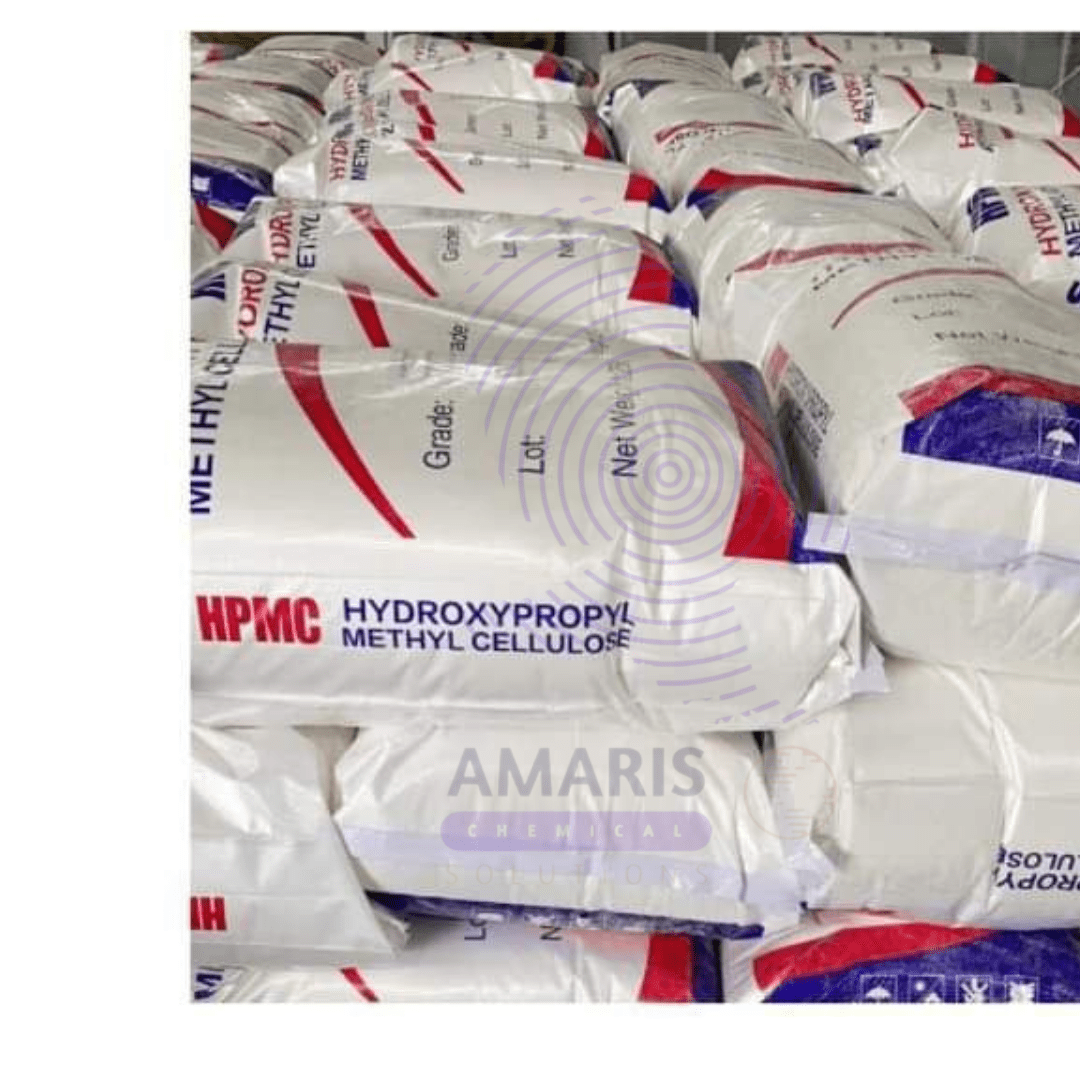

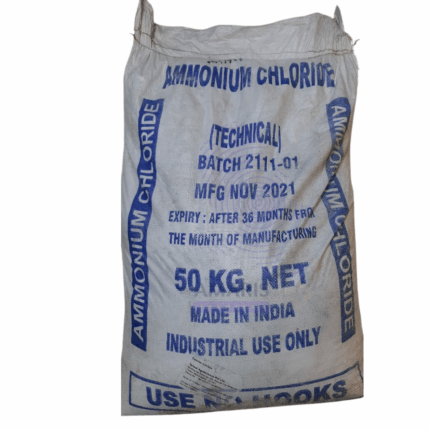
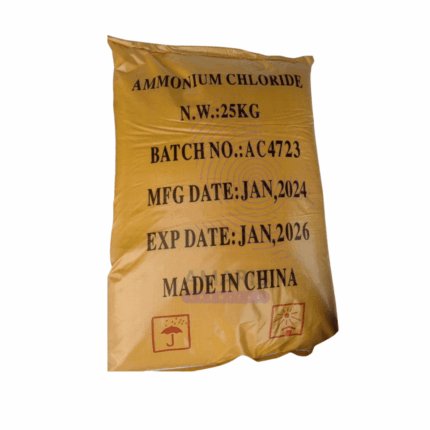
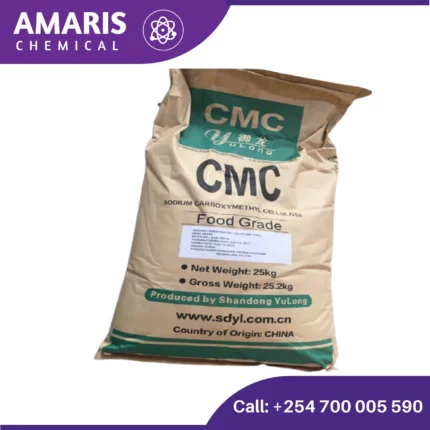

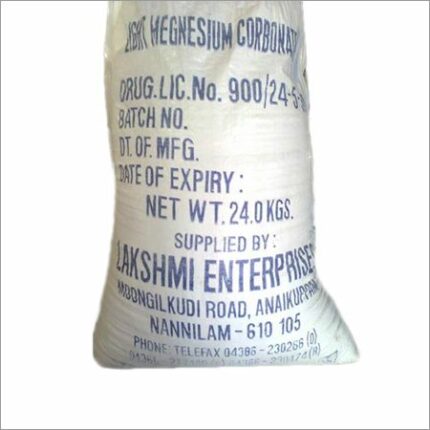
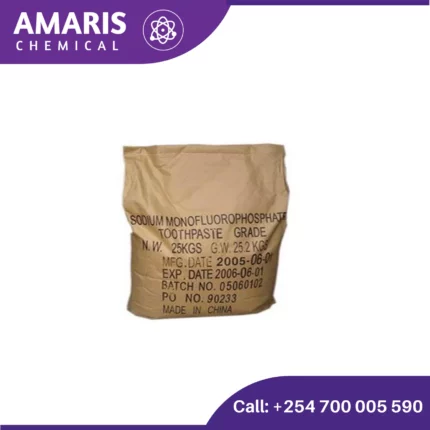
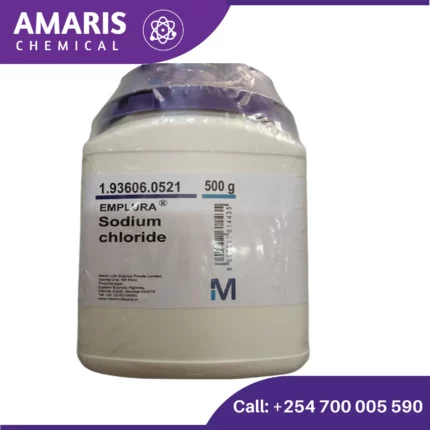
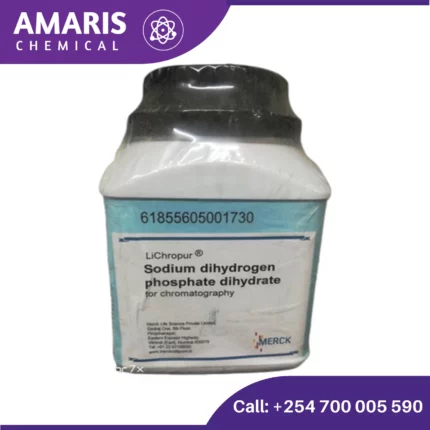

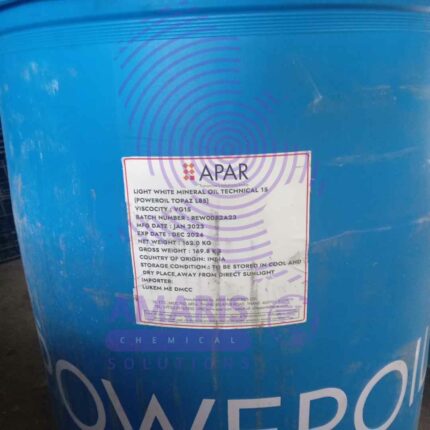
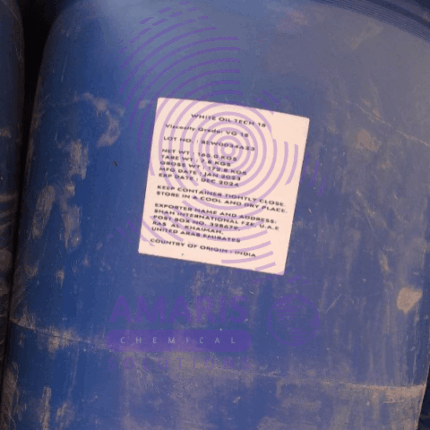






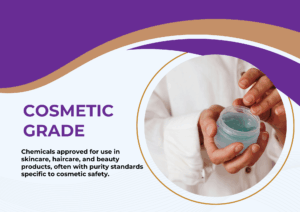
Reviews
There are no reviews yet.